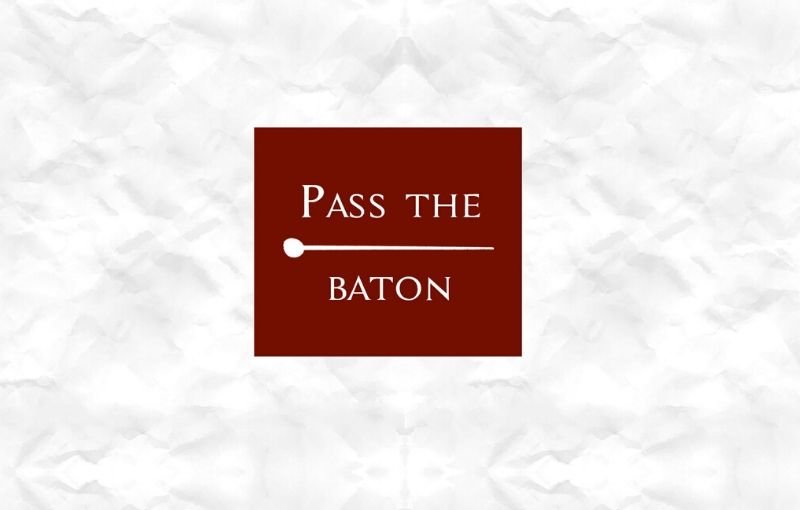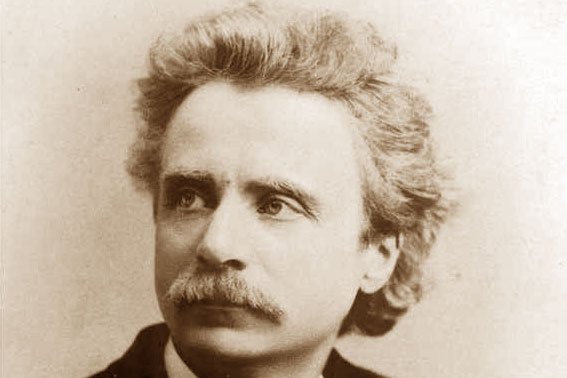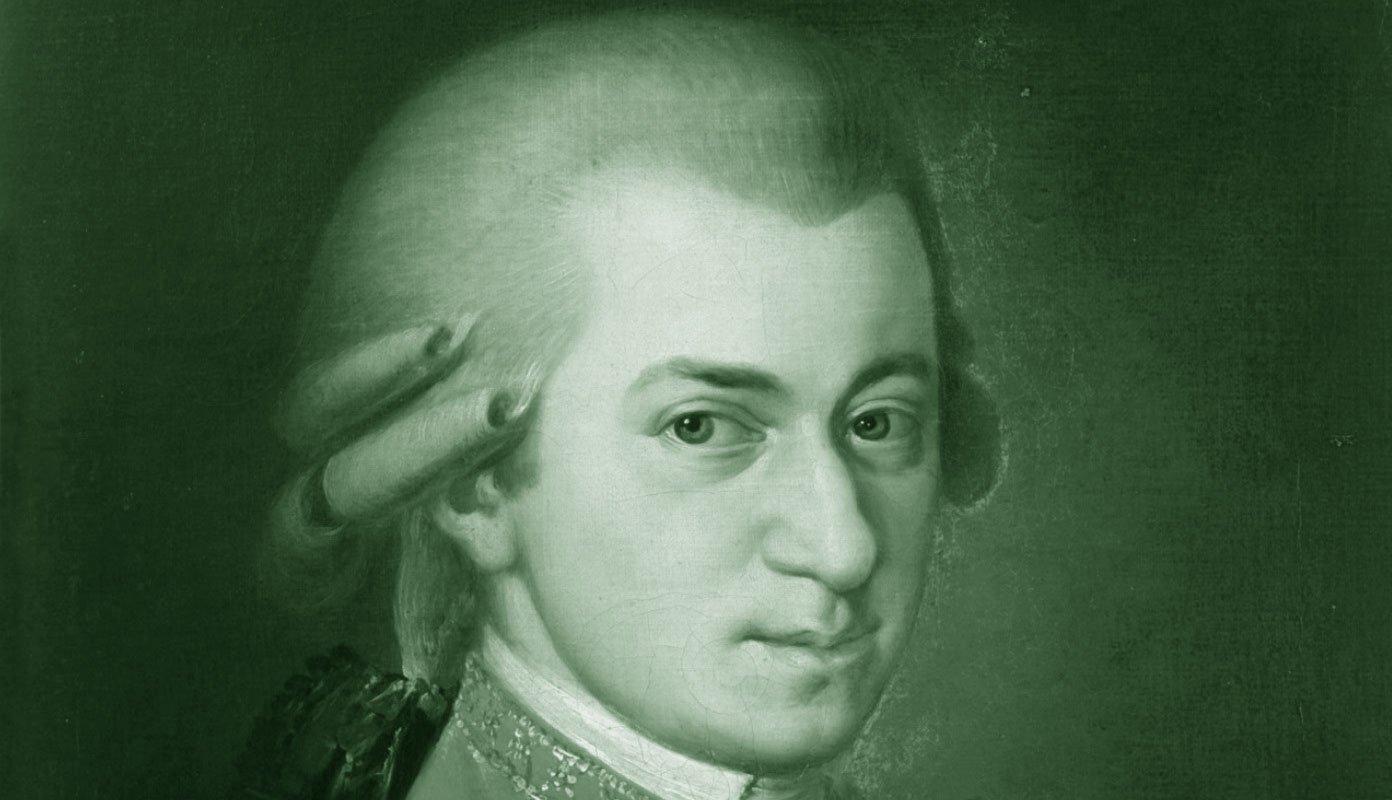Polo
Last song of the cycle, Polo has its roots in Andalusia: its brisk and lively accompaniment in repeated notes are a direct reminder of the zapateado, a Spanish dance rich in Flamenco rhythms and foot stomping.
A passionate song, the continuous repetition of rhythmic patterns in the piano part unifies the entire piece while the melody plays on the word ‘Ay’. This word is, in fact, a harsh cry which mixed with the gipsy melismas of the singing line and the guitar-like accompaniment, makes ‘Polo’ quite unique right from the start.
The structure is A-A1-Coda. The piano short four-bars introduction introduces a rhythmic element that permeates the entire piece
The melody, unlike the other songs, is not repeated, but changed from one section to another, though it is, naturally, built around the same material. Its length is also irregular, keeping away from patterns, both inside the phrase and between the sections.
De Falla works by reduction of the material: the first 6 bars are shortened to 4, then 3 and 2; then 1 bar mirroring the next one in retrograde and then the conclusion of the phrase which stretches the 32nd into 16th and lands on the E

Here’s the link to Conchita Supervia’s interpretation.
Lyrics
iAy!
Guardo una, iAy!
iGuardo una pena en mi pecho
Que a nadie se la diré!
Malhaya el amor malhaya, iAy!
iY quien me lu dió a entender!
iAy!
Ah!
I have a…, Ah!
I have a pain in my heart
That I will not tell anyone!
Love be damned, be damned Ah!
And who taught me to understand it!
Ah!
Here you can find all the articles related to the Siete













0 Comments